Dark Web Monitoring Tools: Why They Fail and How to Improve
As cybercrime escalates, the demand for tools that scan the dark web for leaks to safeguard sensitive data is increasing. Individuals and companies alike rely on dark web monitoring tools to detect stolen passwords, leaked documents, or financial information before it causes significant harm. These tools promise to notify users swiftly when data appears in clandestine markets or groups, yet they often fall short of these promises.
Despite their popularity, many dark web monitoring tools struggle to deliver effective results. They either fail to detect threats or send alerts after the damage is already done. The pressing questions are: why do these failures occur, and more importantly, how can they be addressed?
This article delves into the key reasons why dark web monitoring tools frequently fail and provides actionable tips for enhancing threat detection, whether you’re an individual safeguarding your personal information or a security team protecting corporate assets.
What Is Dark Web Monitoring?
Dark web monitoring involves scanning concealed parts of the internet—specifically dark web forums, marketplaces, and encrypted networks—for leaked or stolen data. These tools search for:
- Compromised email addresses
- Passwords and login credentials
- Credit card or banking information
- Confidential documents or trade secrets
- Personally identifiable information (PII)
The objective is to alert users when this data emerges online so they can take immediate action—such as resetting passwords, contacting banks, or pursuing legal action if necessary.
Why Do Dark Web Monitoring Tools Often Fail?
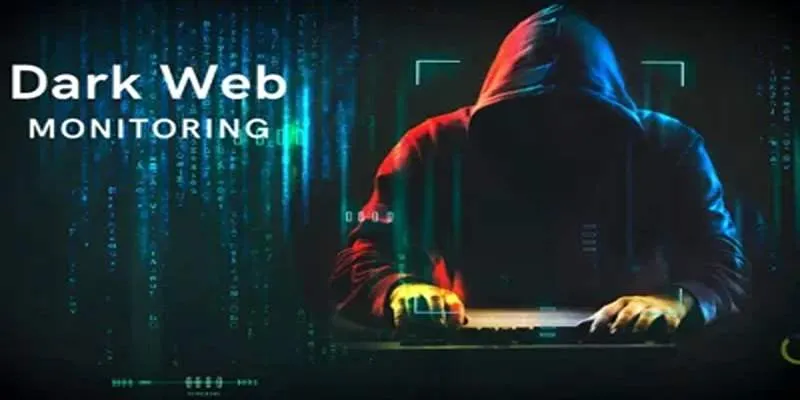
1. Limited Coverage of the Dark Web
The dark web is vast, fragmented, and ever-changing. Unlike the surface web, it isn’t indexed by traditional search engines. Many cybercriminals operate in invite-only forums, encrypted communication apps, or custom marketplaces that aren’t accessible through standard crawling methods.
Most dark web monitoring tools can only scan a limited portion of the dark web. They depend on databases they have previously accessed or scraped, which means they might overlook new or hidden sources where fresh leaks are being traded.
2. Delays in Detection
Even when monitoring tools detect compromised data, it often occurs after the breach. There’s typically a delay between the initial data theft, its sale on the dark web, and its detection by security tools.
When an alert is issued, credentials might have already been exploited—emails hacked, bank accounts accessed, or identities stolen.
3. Lack of Contextual Alerts
Not all dark web alerts are useful. Some tools generate vague messages like “Your email was found in a data dump” without specifying when or where the breach occurred. Without context, users can’t determine the urgency or relevance of the threat.
This lack of clarity can lead to alert fatigue, where users ignore warnings altogether—even when genuine threats exist.
4. Reliance on Historical Data
Some tools don’t monitor the dark web in real-time. Instead, they search through old breach archives and public data dumps circulated for months or years. While this can still be beneficial, it doesn’t provide early detection or proactive defense.
In these instances, the “monitoring” is more reactive than preventative.
5. No Automated Response Options
Even when a legitimate alert is triggered, many tools don’t offer automation features like initiating a password reset, deactivating compromised accounts, or alerting third-party apps. Without these actions, detection alone isn’t enough to prevent further exploitation.
How to Improve Dark Web Monitoring?

Despite its limitations, dark web monitoring remains a valuable component of a comprehensive cybersecurity strategy. Here’s how to enhance its effectiveness:
1. Choose Tools with Real-Time Monitoring
Select vendors that offer real-time or near-real-time scanning of the dark web. These platforms often collaborate with threat intelligence networks , human analysts, or AI-driven crawlers to gather data from active forums and marketplaces as events unfold.
Vendors who partner with security researchers or have access to threat actor circles are more likely to detect new leaks early.
2. Use Multi-Layered Security with Monitoring
Dark web monitoring alone is insufficient. Combine it with:
- Multi-factor authentication (MFA)
- Strong password policies
- Endpoint detection and response (EDR)
- Network monitoring
- Employee training on phishing and credential hygiene
Together, these layers reduce the likelihood of credentials being leaked initially—and ensure you’re not relying solely on dark web alerts to identify threats.
3. Customize Alerts and Prioritize Context
Choose tools that provide detailed, contextual alerts. The best platforms specify what type of data was found, where it was detected, the associated risk level, and suggested actions.
This context allows you to respond swiftly and prioritize critical threats without becoming overwhelmed by low-risk notifications.
4. Integrate with Incident Response Workflows
For organizations, integrating dark web monitoring tools with your incident response plans or SIEM (Security Information and Event Management) systems can automate protection steps.
For example:
- Automatically disable user accounts tied to breached credentials
- Notify IT or security teams instantly
- Trigger workflows to enforce password resets
The quicker you respond, the more damage you can prevent.
5. Train Teams to Interpret and Act on Alerts
Even the most advanced tools are only as effective as those using them. Provide training for your team on:
- How to interpret dark web monitoring alerts
- What steps to take when data is compromised
- Who to contact internally for response coordination
This ensures a smooth, fast, and effective reaction when alerts are triggered.
Bonus: Should Individuals Use Dark Web Monitoring?
Yes—but with realistic expectations. If you’re using a consumer tool like those offered by identity protection services (e.g., Norton, Aura, or LifeLock), they can still be useful for:
- Monitoring personal emails, passwords, and financial info
- Alerting you to old breaches you may have missed
- Providing simple guidance on what to do if your data is found
However, don’t rely on these tools as your sole line of defense. Practicing strong password management, using a password manager, enabling MFA, and being cautious about phishing links are critical steps toward staying secure.
Conclusion
Dark web monitoring tools are essential but not infallible. They often fail due to limited reach, delayed detection, vague alerts, or a lack of integrated response options. However, when used strategically—alongside other security measures—they can provide valuable early warnings and help mitigate damage from data leaks.
By selecting the right tool, combining it with smart security practices, and ensuring you can act quickly on alerts, you’ll significantly enhance your defense against hidden cyber threats lurking in the dark corners of the internet.
Related Articles

LastPass vs. 1Password: A Guide to Choosing the Best Password Manager
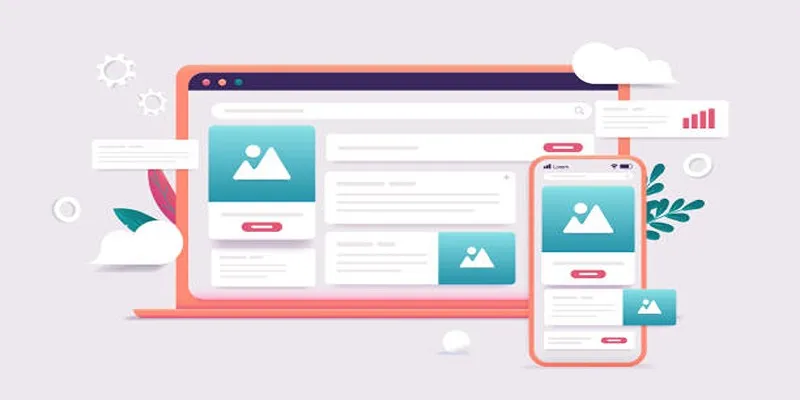
Discover the 9 Best Tools for Modern Web Design in 2025

How to Enable Mac Dark Mode Automatically and a Windows Alternative: A Guide

Which Are The 5 Best Data Collection Tools to Streamline Your Research Process

The 13 Best Campaign Management Software Tools to Streamline Your Marketing

Base64 Encoding and Decoding Made Easy with Free Online Tools
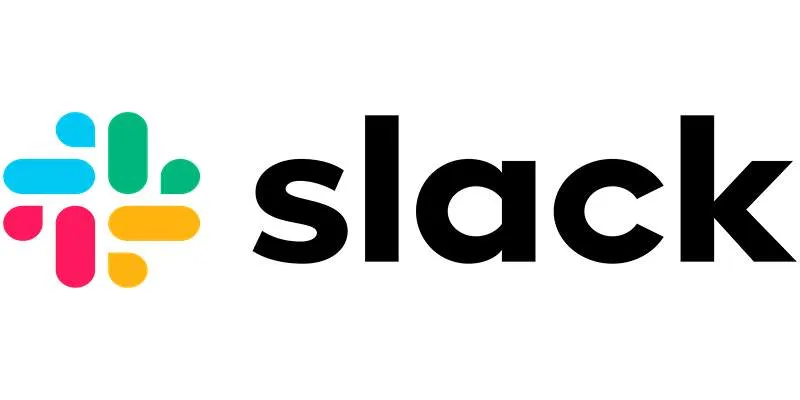
How to Fix Slack Lag and Speed Up Notifications Effectively

The Best Flowchart Software and Diagram Tools in 2025: A Comprehensive Guide

The 10 Best Competitor Analysis Tools in 2025 to Level Up Your Strategy

Fixing Zoom Audio Problems: A Step-by-Step Troubleshooting Guide

Convert XCF to JPG: The 7 Best Methods You Need to Know

Improve Your Virtual Communication: 5 Free Video Chat Tools to Use
Popular Articles
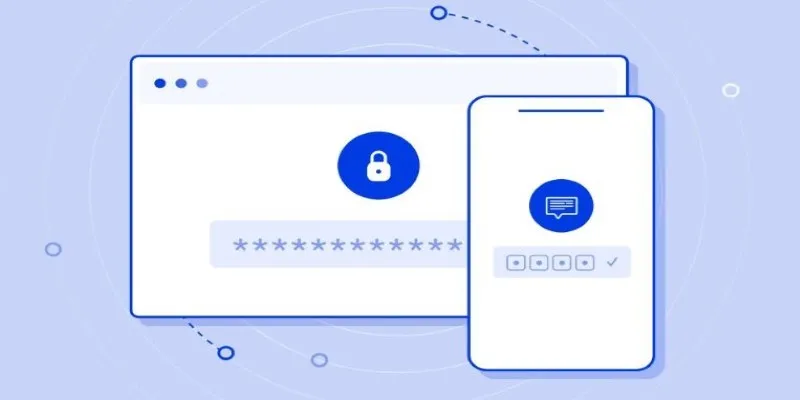
Securing Access: The Simple Power of OAuth and 2FA

Top AI Background Removal Tools You Can Use Without Photoshop

How to Get Smooth Slow Motion in After Effects Without Choppy Frames

The 6 Best Session Replay Tools in 2025 to Optimize Your User Experience

Must-Know Tips for Getting Started with Windows Live Movie Maker

Discover the Top Password Managers to Keep Your Accounts Secure
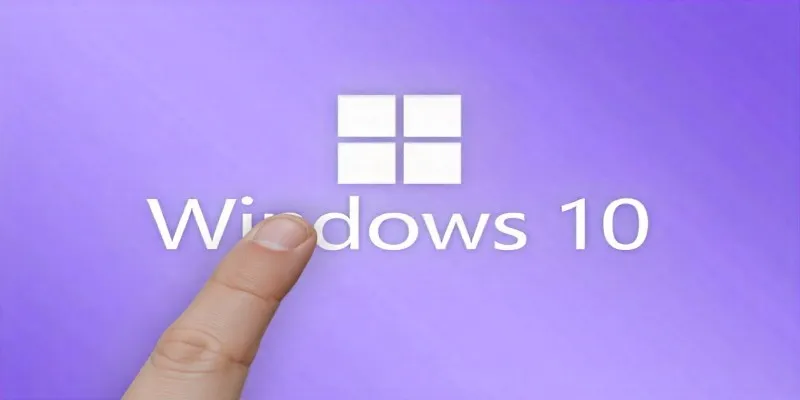
Unlock Windows 10: 5 Free Activation Tools to Try

How to Record Your Gameplay on PC Like a Professional: Essential Tools & Tips for 2025

Top 7 UI/UX Design Tools Every Designer Should Know

Learn to Remove Backgrounds from Any Image Without Photoshop

Track and Reply to Facebook Leads Easily Without Manual Work

 mww2
mww2